想要趁着周末或公共假期在国内旅游, 但只能想到槟城极乐寺、 吉隆坡双峰塔、 热浪岛, 又觉得这些地方太主流、 人又多、 而且没新鲜感了吗? 今天,小编就要来向大家介绍一些马来西亚可媲美国外、 鲜为人知的冷门景点吧·!
A Malaysian Guide to Budget Travel in South Korea [2025 Edition]

A few years back (feels like yesterday!), I joyfully ticked “South Korea” off my travel bucket list. Oh yes, for the first time in my life, I set foot in the holy land of K-Pop and kimchi and travelled there for 11 days (10, if you take off the day I left).
I got to see the best sights of Seoul, Busan, and Jeju Island with my friend. And just like how we did in Japan, we managed to travel to South Korea comfortably on a pretty tight budget. In total, we spent less than RM4,000 per person (less than RM3,500 actually, but you’ll see why I said RM4,000 in a minute), including transport and accommodation! Here’s how we did it!
P.S., with the current exchange rate in early 2025 (approximately RM100 = KRW32,600), you might even be able to travel to South Korea for slightly less, especially if you plan smartly!
Also read: A Malaysian Globetrotter’s Guide To The Philippines: 20 Experiences To Scratch Off Your Bucket List
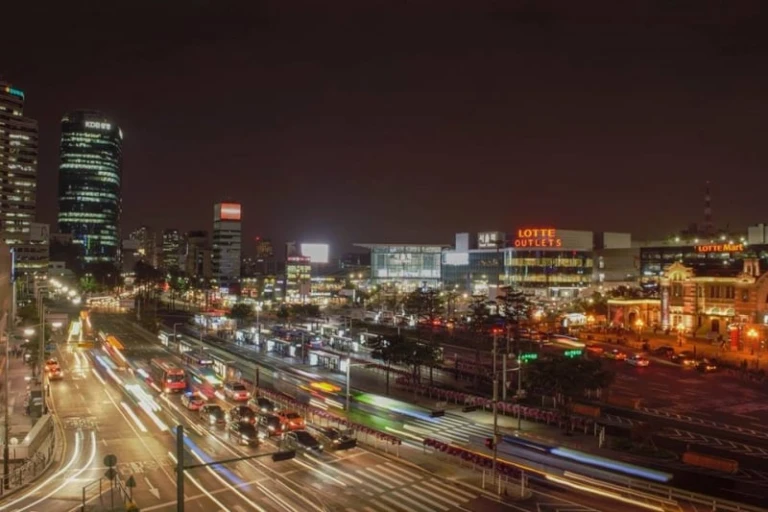
Getting there
Before we get into it, bear in mind that when I went to South Korea, it was a continuation of my 10-day trip in Japan. So basically, I cheated a little bit on airfare.
Instead of flying to Seoul from Kuala Lumpur, my friend and I flew to Busan from Osaka, Japan, for a mere RM285. We then flew back to Kuala Lumpur from Seoul for RM620, bringing our total airfare to only RM905.
However, to be fair and objective, we’ll use the usual price of return flights to Malaysia for our calculation. My tip remains to book at least 6-8 weeks before your intended date of departure and try to schedule your flights in the middle of the week (Tuesday to Thursday) for the best prices.
You can usually get return tickets from RM1,000 to RM1,300 if you book with budget airlines. For now, though, let’s just say that a return flight to South Korea will likely set you back about RM1,600, considering potential slight increases and luggage!
Also Read: FREE Things to do in Seoul
Transportation in South Korea
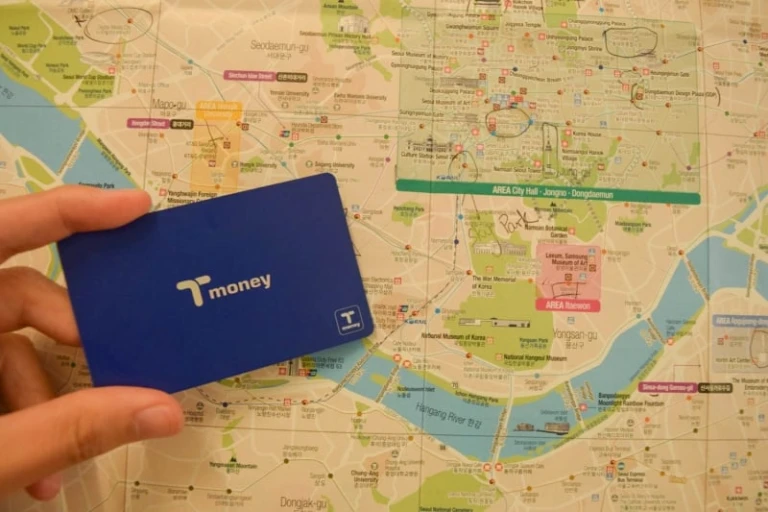
So, now that we’re IN South Korea, the first thing you want to do is to get a T-Money Card. You can still get one at the airport or from the vending machines in the subway stations for 3000 KRW (around RM9) with the current exchange rate.
It works the same way as our Touch N Go. You can use it almost anywhere in South Korea to ride the subway, public buses, taxis, and even to pay at many convenience stores. I still can't stress enough how important it is to get a T-Money Card, not just to potentially save a little on transportation costs but also to make your travel smoother.
The subway fares in South Korea can still seem a bit complex and vary by region. For example, in Seoul, the base fare for a single journey ticket within a 10km limit is now around 1,400 KRW (about RM4.30). In Busan, expect a base fare starting around 1,500 KRW (about RM4.60), with slight increases depending on the distance.
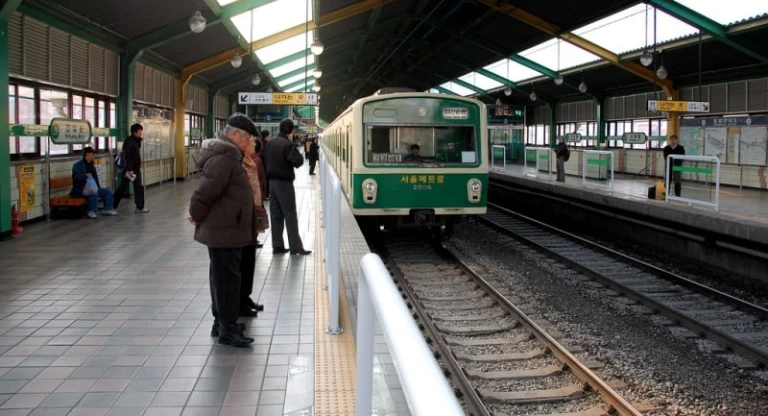 Image credit: LWYang
Image credit: LWYang
Having a T-Money Card still often offers a slight discount on fares compared to single journey tickets, and definitely saves you time if you’re planning to use public transport frequently. You can usually still return the card when you’re leaving and get any remaining balance refunded!
I topped up my card with 50,000 KRW (around RM153 with the current rate) and used up almost all of it by the end of my trip. I decided to keep the card as a souvenir and for my next journey to South Korea.
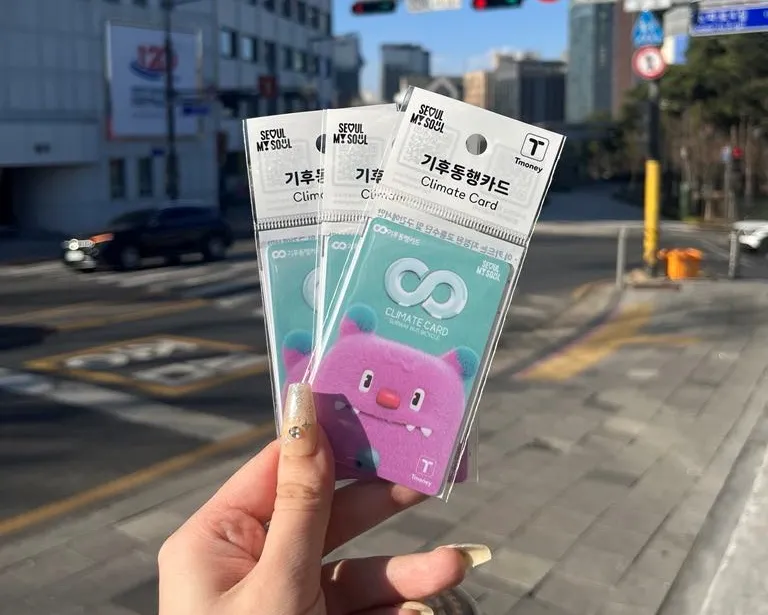
Image credit: Cecelia Chang
It's also worth noting that Seoul now has the Climate Card, which might be beneficial if you plan on extensive travel within the city for a set period. While primarily aimed at residents, keep an eye out for any potential short-term tourist passes that might become available. You can typically recharge your T-Money card at most subway stations and participating convenience stores. While direct credit/debit card top-ups at all machines might still be limited, some newer machines might offer this option.
Also read: Easy Day Trips from Seoul
Transportation to, from and on Jeju Island
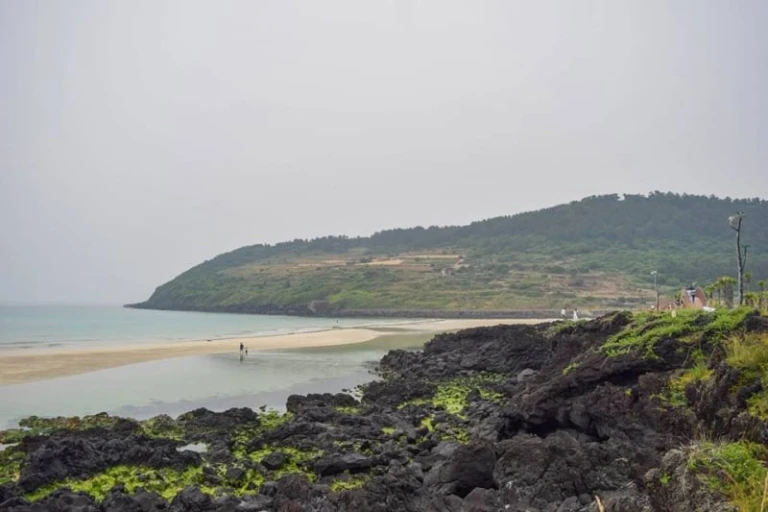
In Japan, my friend and I meticulously planned our journeys and even hopped on a 10-hour bus from Tokyo to Kyoto to save money. We couldn’t do that in South Korea for the simple reason that we wanted to visit Jeju Island.
We could have taken the ferry from Busan but the ride would still take around 12 hours and might not offer significant savings compared to flying. Ferry schedules might still be less flexible than flights. So, we booked a budget one-way flight to Jeju for around RM180, which still feels reasonable. Our flight to Seoul, 3 days late,r was a bit more, around RM290.
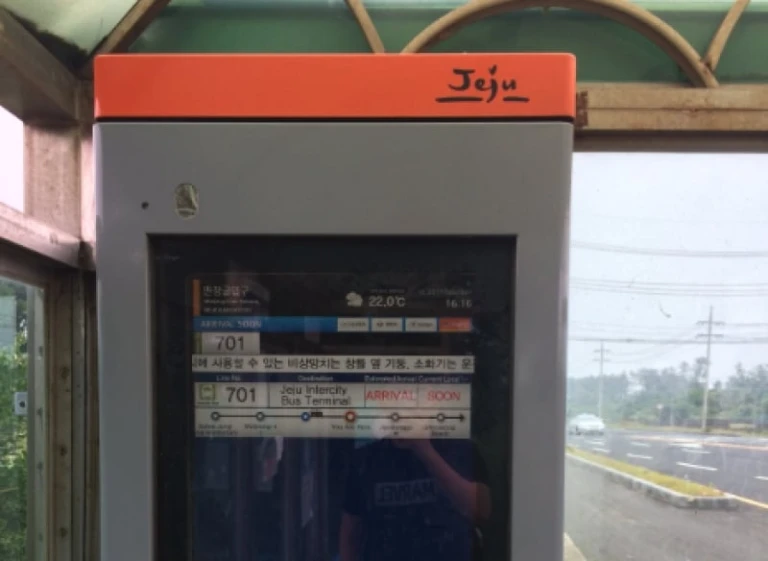
When you’re on Jeju Island, public buses remain the primary mode of public transport. Thankfully, most buses on Jeju still have signage in English, and the display screens at bus stops showing arrival times are still helpful.
Remember that there's usually no change given on public buses, so having the exact fare ready or, even better, using your T-Money Transport Card will make things much easier.
All in all, here’s an updated estimate of our total transportation cost within South Korea:
T-Money Card: 2,500KRW (around RM8) + Top up 50,000KRW (around RM153)
Flight to Jeju Island from Busan: RM180
Flight to Seoul from Jeju Island: RM290
Total: Approximately RM621 (slight variation due to exchange rate)
Also read: 3D2N Itinerary for Jeju
Accommodation
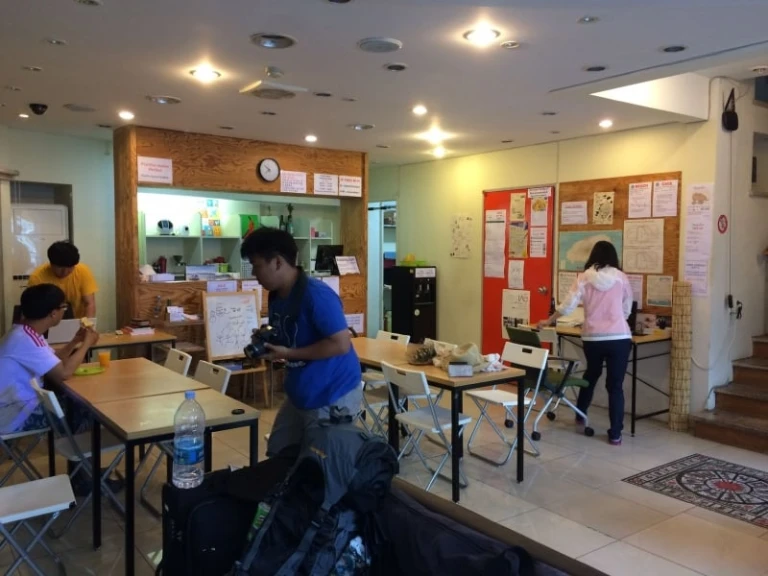
Once again, just like our Japan trip, my friend and I prioritised staying in guesthouses over hotels to save money.
We spent 4 nights in Seoul (expect to pay around 80,000KRW - about RM245 per person now), 3 nights in Busan (budget around 60,000KRW - about RM184 per person), and 3 nights on Jeju Island (budget around RM190). That brings our updated total to roughly RM619 over 10 nights = about RM62/day for accommodation. Prices might have shifted slightly, but guesthouses remain a very budget-friendly option.
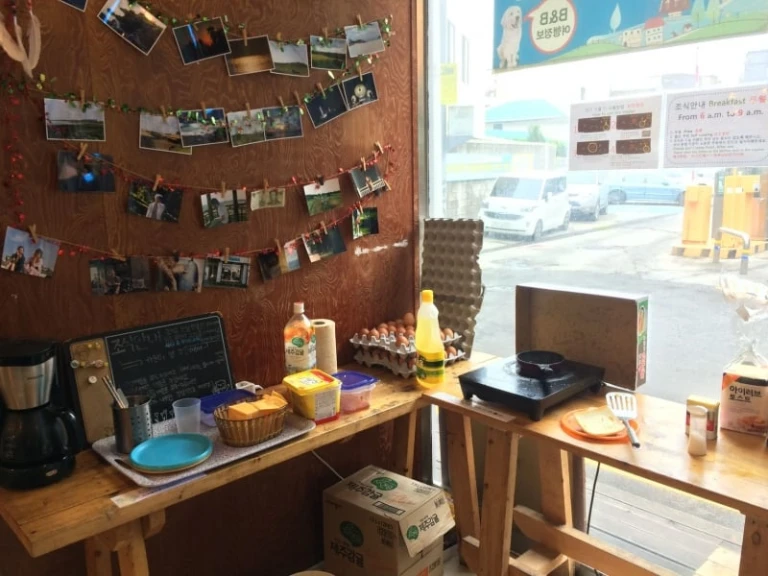
Despite being the most affordable, our guesthouse in Jeju was still my favorite. It had that lovely, homey feel that made it easy to connect with other travelers. We met people from all over the world, and the staff were fantastic. They weren't just behind the desk; they'd hang out in the common area, chat with guests, and recommend the best local spots for food (still lots of BBQ!), sightseeing, and even shopping.
There was still a simple free breakfast provided daily, though you usually had to prepare it yourself! It wasn't a fancy spread, but it was enough to start the day and definitely saved us some Ringgit. Eh, can save means save lah, right?
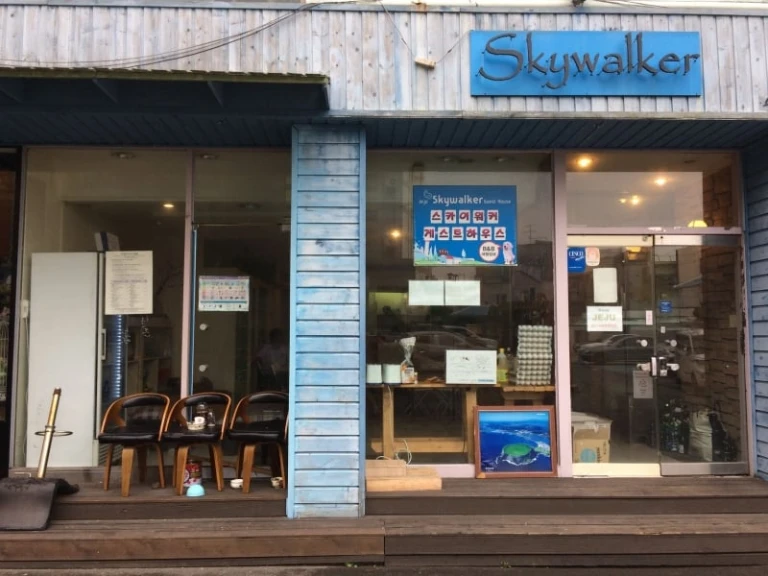
For those interested, it was called Skywalker Guesthouse (I still suspect the owner loves a certain space opera!). Unfortunately, I couldn't find it in popular booking platforms now, but you can probably get a decent Airbnb for similar price.
You can still consider saving even more by occasionally sleeping in Korean spas (jimjilbang) for a truly local experience.
Alright, so far, our estimated cost for this 10-day trip in 2025 looks something like this:
RM1,600 (return flights) + RM621 (transportation in South Korea) + RM619 (accommodation) = RM2,840. Still looking pretty good for covering the essentials!
Makan-makan (Food)
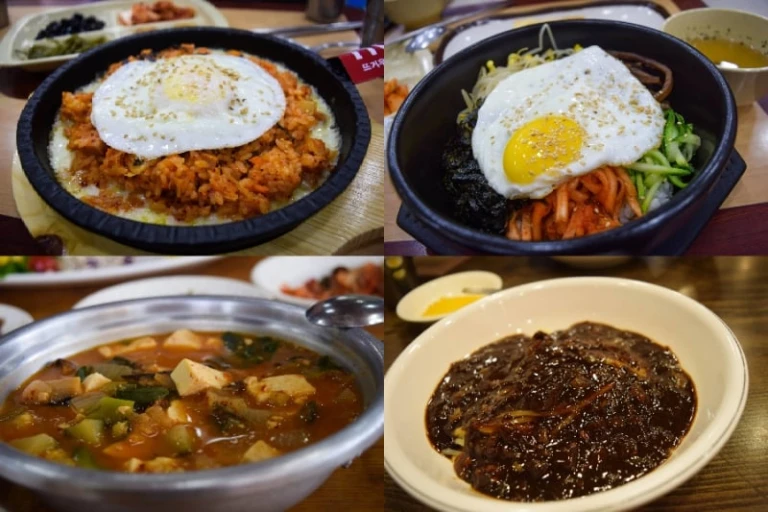
One thing I realised on my travels is that, true to my Malaysian roots, I spend more money on food than anything else. Seriously! And having been a fan of Korean cuisine since forever (I blame Running Man), I was pretty worried about how much I would spend for food.
And the answer is…surprising, not that much.
While my friends from Seoul would disagree, it's possible to keep your average daily food spending around 12,000KRW (about RM37) if you're mindful about where and what you eat. However, for this updated article, let's set our daily limit at around 20,000KRW (about RM61), which would be approximately 200,000KRW (about RM613) for the entire trip. Food prices have likely seen a slight increase since 2019.
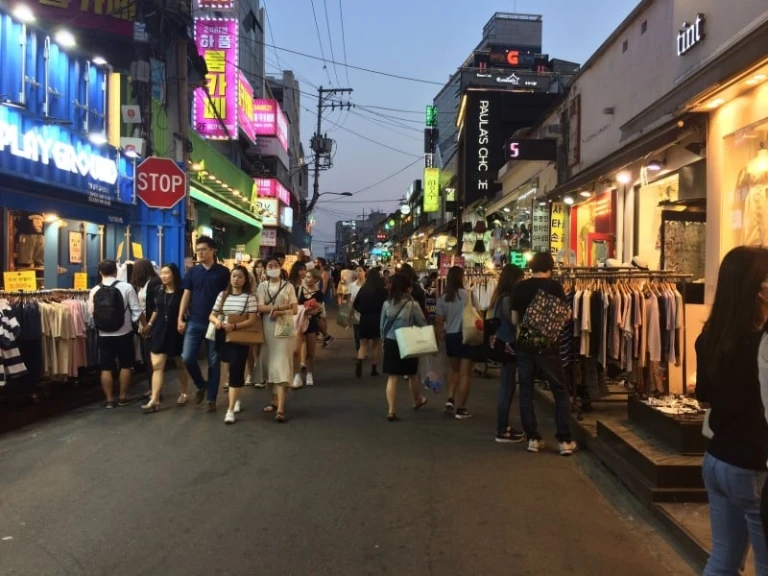
The average price of a meal at a shik dang (inexpensive restaurant) is now probably around 8,000 KRW (around RM25). My tip remains to look for eateries in university areas like Hongdae or on the edges of major commercial districts such as Gangnam or Myeongdong.
Eating at street markets and from mobile food carts is still a very affordable way to sample popular Korean street food like tteokbokki, eomuk, twigim, kimbap, and more. Convenience stores like 7-Eleven are still great for grabbing cheap breakfast items and snacks.
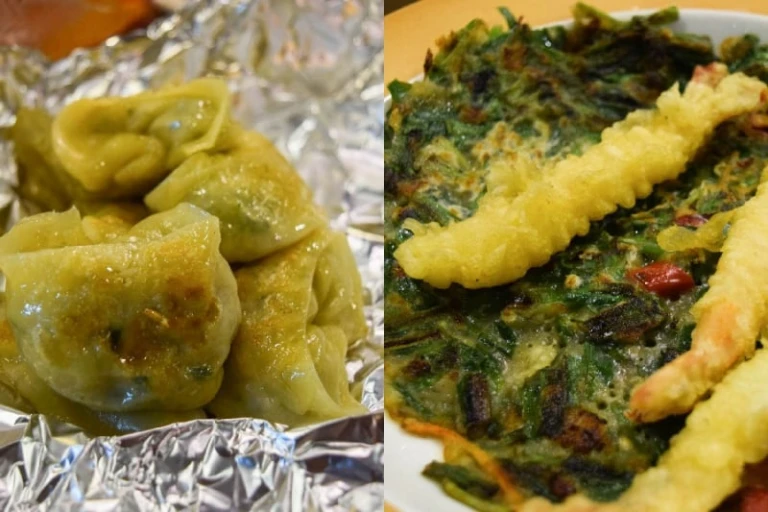
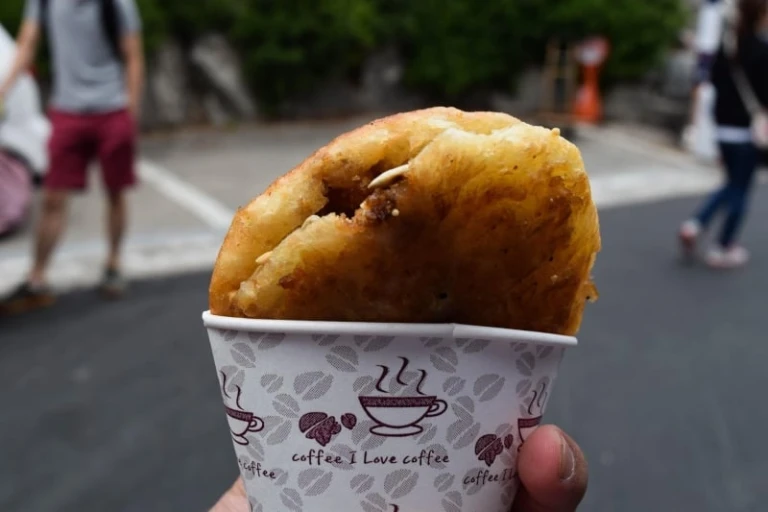
f you can find accommodation that includes breakfast (like those guesthouses in Jeju and Busan!), that's still a fantastic way to save. And remember, water is almost always free when you dine out in Korea.
My somewhat underrated tip about learning basic Korean still holds true! Koreans generally appreciate the effort, and it can still lead to warmer interactions and maybe even a little extra generosity at street markets. Learning to read the Korean alphabet (Hangeul) is indeed not too difficult.
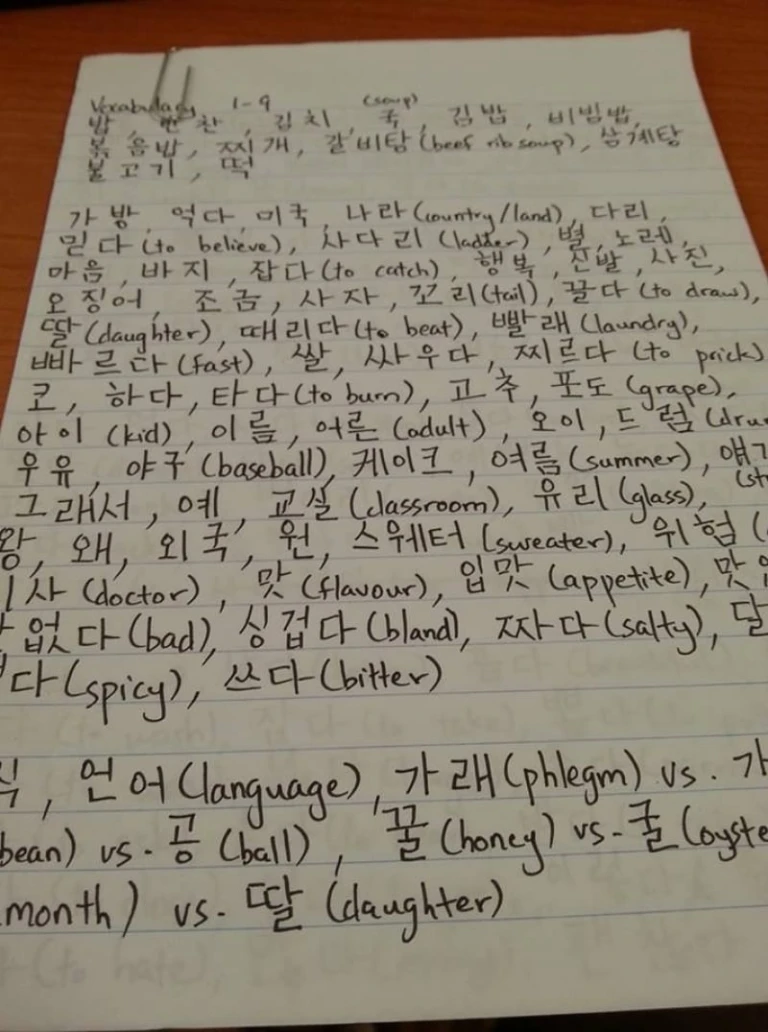
You don't need to give a speech; simple greetings and knowing how to order food can go a long way, especially in those bustling street markets.
When I was at the BIFF Square night market in Busan, trying out my limited Korean still brought smiles from the vendors, and I occasionally got a little extra tteokbokki or more broth for my eomuk. It's not a huge saving, but it definitely enriches the experience!
It’s not really a tip that will save you a lot of money, but it’s certainly one way to help you assimilate into the local culture and enrich your travel experience! Besides, if you’re a K-Pop fan like me, it actually feels good when you’re able to hold a decent conversation in Korean. You just feel like a star!

Sana approves.
Follow these tips and you should be able to keep your spending for food to 200,000 KRW (about RM620) for 10 days, which is quite a reasonable budget. Heck, my friend and I even managed to squeeze in about three Korean BBQ dinners (two in Hongdae, student area, remember?) and one in Jeju. And yes, we had the famous black pork while we were there. Here’s proof:
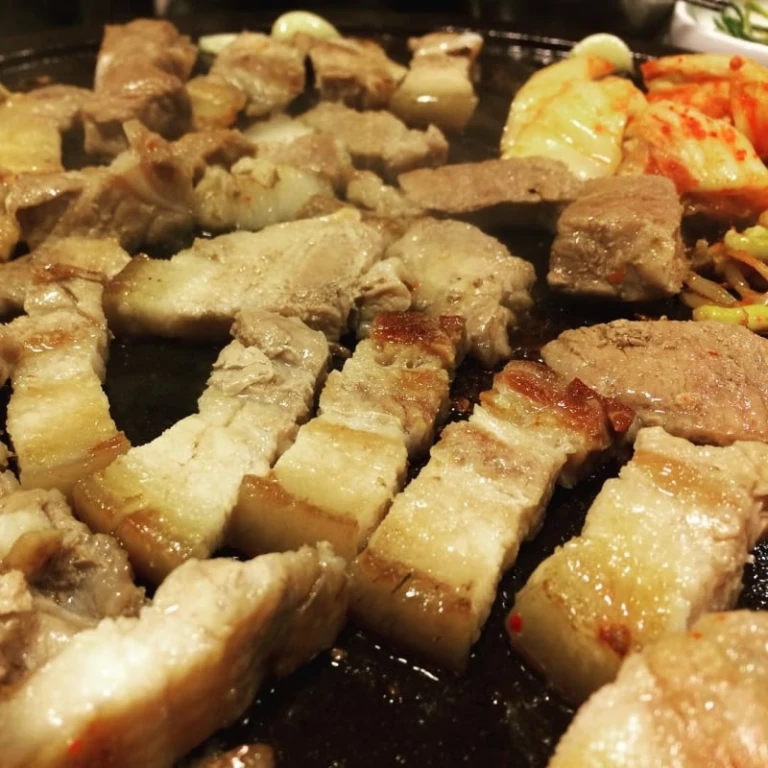
Amount spent up to this point: RM2840 + RM613 = RM3453
Things to do
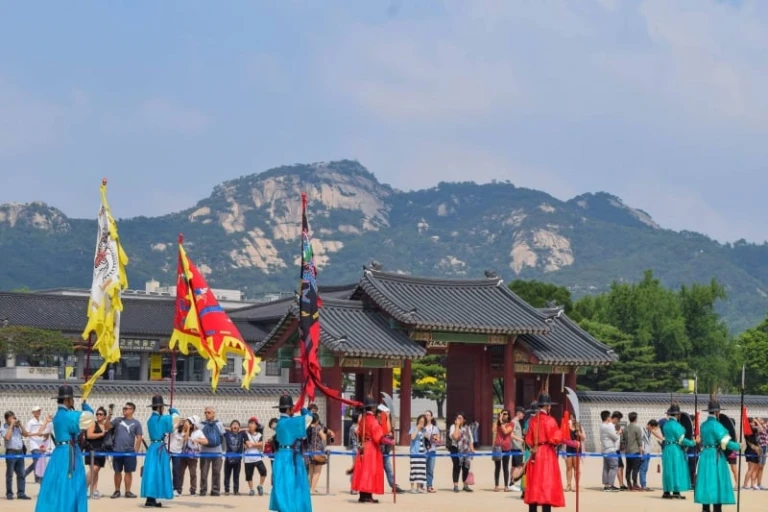
Just like Japan, you don’t have to spend a fortune in South Korea to see its most famous sights. My friend and I managed to keep our spending for admission tickets down to only 15,000KRW (RM46) but of course, it meant that we skipped attractions like Lotte World and Everland Theme Park.
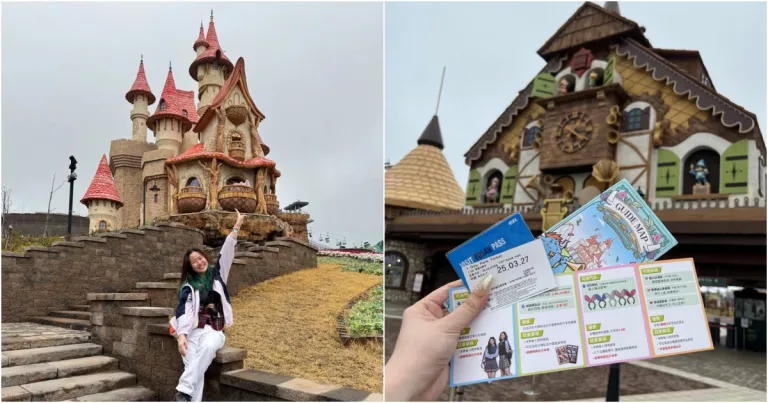
Image credit: Cecelia Chang
Of course, if you want to visit these iconic places, you can do so without having to go bankrupt, too. The tip is to look for booking agents and tourism organisations offering discounts. Getting your tickets online through third-party organisations like Funtastic Korea is often far cheaper than if you simply strolled up to the entrance of the theme parks and purchased your tickets on the spot.
For example, a regular one-day adult admission to Everland might now cost closer to 62,000 KRW (around RM190). Checking online discount platforms beforehand is still highly recommended. Just be aware of any validity periods for discounted tickets.
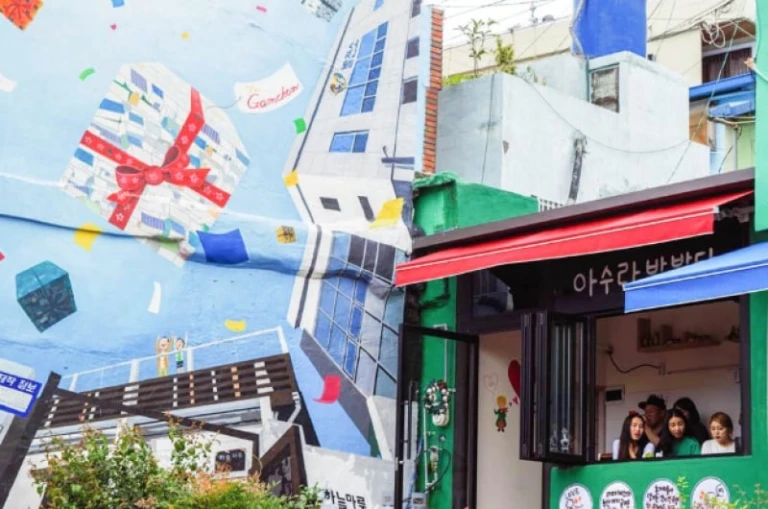
In Busan, Jagalchi Market, Taejongdae Scenic Area, Gamcheon Cultural Village, BIFF Square, Haeundae Beach, the Nampo district, and Gukje Market are still fantastic places to visit. We likely only spent a small amount at Taejongdae, perhaps now 3,500 KRW (around RM11) for the Danubi Train, and that's still optional.
Even that itself was actually optional. We could have simply walked all the way, but realised how convenient it would be to be able to hop on and off at various scenic locations with the train.
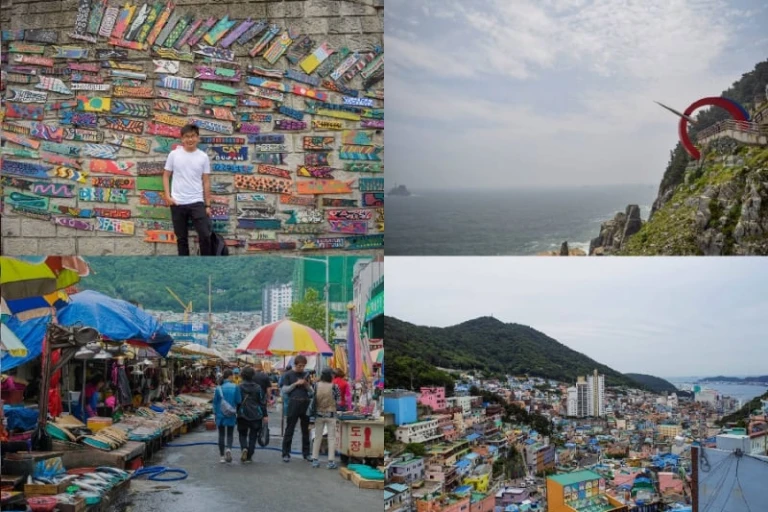
We did a little less on Jeju Island, managing to only visit the Manjanggul Caves, Dongmun Traditional Market, Geumneung Euddeum Won Beach, and Gimnyeong Maze Park. Oh yeah, we almost died hiked to the summit of Hallasan (Korea’s tallest mountain) too!
Expect entrance fees to be around 2,500 KRW (about RM8) for Manjanggul Caves and perhaps 3,500 KRW (about RM11) for Gimnyeong Maze Park. Pro tip: if your friend is directionally challenged, do NOT let him be the guide at the maze park! That’s about an hour of my life I’ll never get back. Sigh.
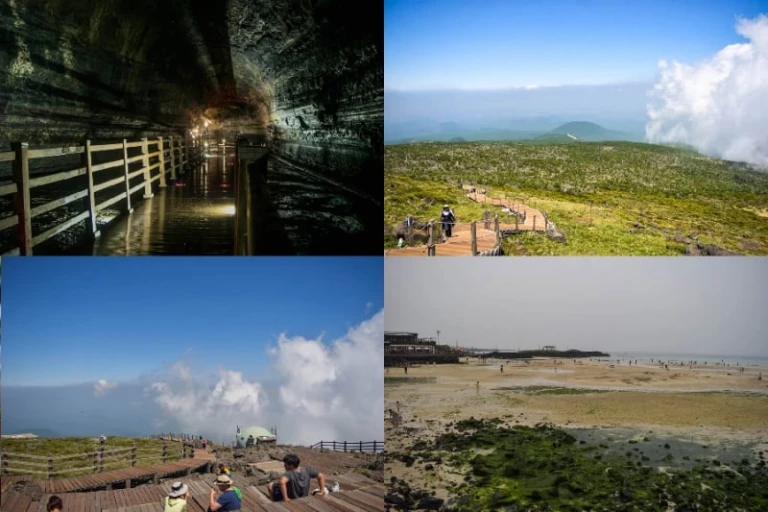
Finally, in Seoul, we got to see some of the city’s most iconic sights. We visited Gyeongbokgung Palace, Bongeunsa Temple, Itaewon, Hongdae, Myeongdong, Gangnam, the Han River, Seoullo 7017, Bukchon Hanok Village, and staked out the JYPE Building Namsan.
We paid for entry into Gyeongbokgung Palace (3,000 KRW – RM9 now), but that was about it. The rest of the time, we simply found ways to save money. For example, at Namsan, rather than spend 15,000 KRW (RM46) for a cable car ride, we hiked to the top!
It was a good decision in the end, as we got to admire some lovely sights on our way up. It’s not that difficult, but do be prepared for lots and lots of stairs! We did this two days after hiking Hallasan, so it’s entirely possible, even with jelly legs.
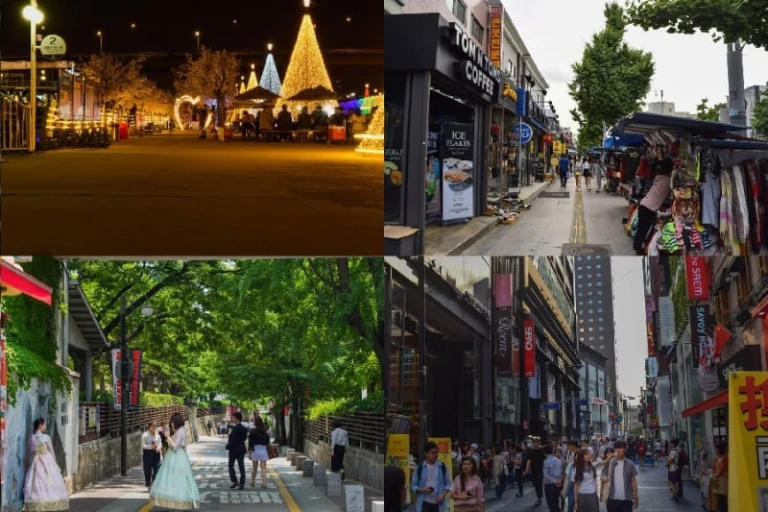
P.S., I was just kidding about the JYPE Building. I was never there. And you shouldn’t stake out any building. You’ll never see the artistes. It’s a very rare opportunity. You will see nothing. Seriously. Nothing. Zero.

Noth…okay fine, you might get lucky, but in all seriousness,s though, don’t actually camp outside any entertainment office building. It’s frowned upon and could even get you blacklisted from any future events.
ANYWAY, our updated budget tally is: RM3453 + approximately RM46 = RM3499
Shopping
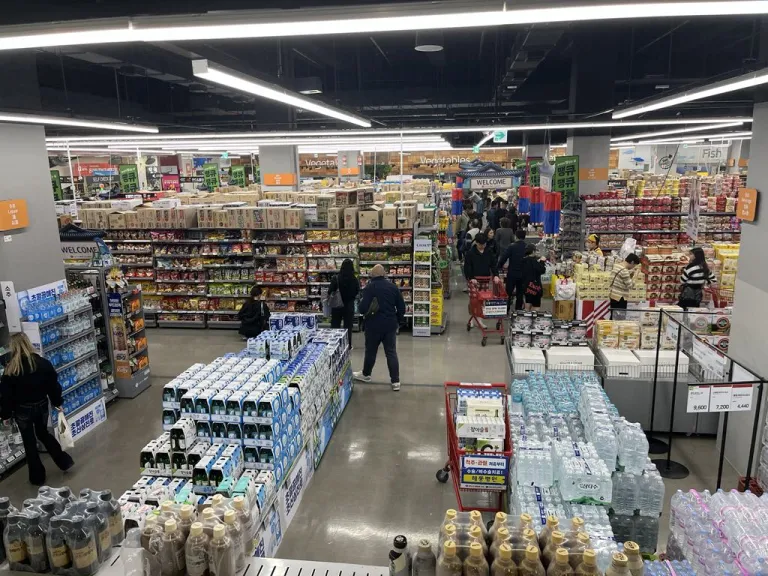
Image credit: Cecelia Chang
Okay, this is still where things can get interesting! Assuming you've stuck to the budget so far, you might have around RM500 (roughly 163,000 KRW) left for shopping. Depending on your shopping habits, this could be plenty. But let's reiterate some money-saving tips.
While the flashy malls in areas like Gangnam are tempting, underground malls and street markets are still your best bet for affordable souvenirs like cartoon socks, pouches, and quirky trinkets. Expect to pay from around 1,200 KRW (about RM3.70) for socks to perhaps 12,000 KRW (about RM37) for items like backpacks.
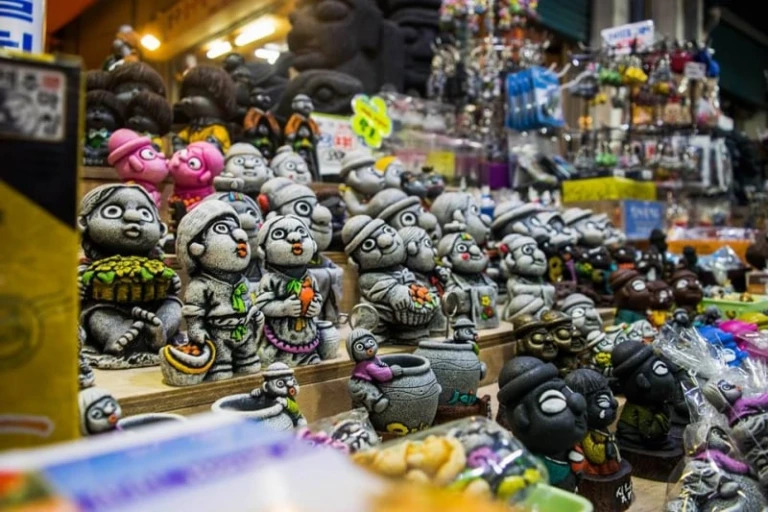
On Jeju Island, you’ll want to visit Dongmun Market and the Jeju Jungang Underground Shopping Centre for the best prices on Jeju speciality products, like hallabong chocolate, tangerine cookies and mini statues carved from volcanic rock.
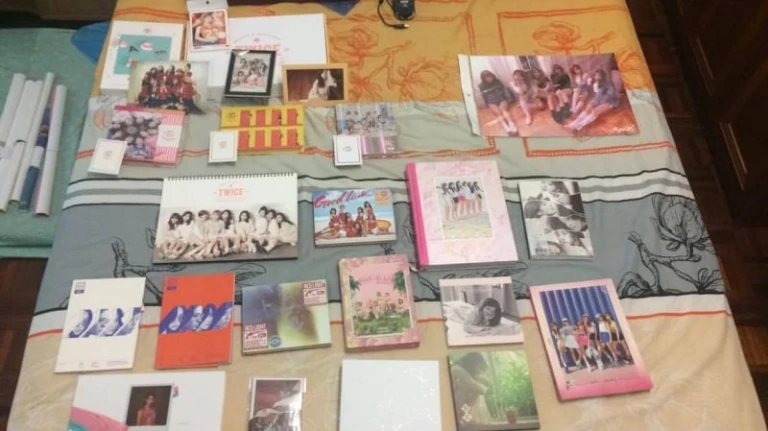
If you’re looking to buy K-pop merchandise, head straight to the Myeongdong district. However, don’t rush to the glitzy shops on the streets just yet. Within the Myeongdong subway station is Myeongdong Underground Mall. It is here where you will get the best deals.
For K-pop merchandise, Myeong-dong remains the go-to district. Don't forget to check out the Myeongdong Underground Mall within the subway station for potentially better deals than the street-level shops. Prices for items like posters and photo cards might start from around 1,200 KRW (about RM3.70), while albums and photobooks will still cost significantly more. It's still generally cheaper than buying in Malaysia!
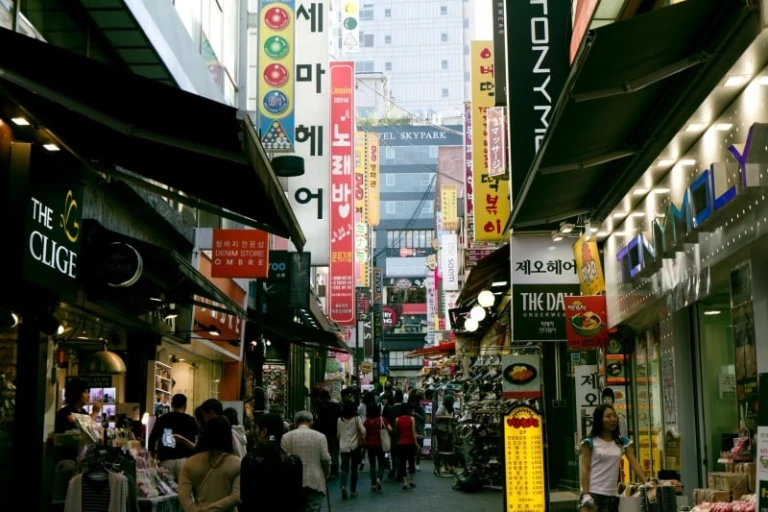
For those looking to stock up on cosmetics and beauty products, you’ll be tempted to flock to the storefronts in Gangnam. However, my tip is to stick to student areas, such as Hongdae. Prices here are often cheaper as stores try to cater to the budgets of university students. Another tip is to hit up Myeongdong, where competitive stores (next to each other most of the time) give out free samples to attract customers.
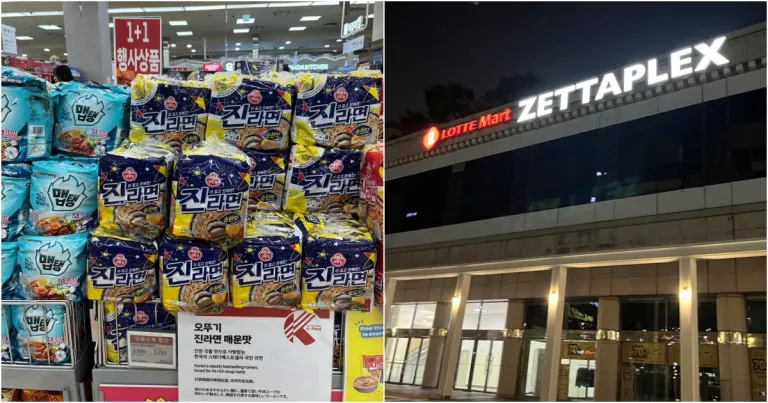
Image credit: Cecelia Chang
Finally, for the most typical Malaysian souvenir: snacks and food! Your best bet is to visit Lotte Department Stores. Not only will you be able to find a plethora of Korean snacks to choose from, but prices here are often quite affordable as well!
Expect to pay an average of 6,000 to 12,000 KRW (RM18 to RM37) for each pack of food here. Although, if you ask me, those Honey Butter Chips that used to be all the rage a few years ago, don’t really live up to the hype after the first packet.
So, all in all, our updated estimated budget looks like this:
Flight tickets: RM1600
Domestic Transport: RM621 (with some leftover balance in the T-Money Card)
Accommodation: RM619
Food: RM613
Attractions: RM46
Shopping: RM500
Grand Total: RM3999 (Still under RM4,000!)
Also read: The Malaysian Guide to Budget Travel in Japan
Annyeonghaseyo, South Korea!
And there you have it – an estimated 10-day adventure across three major South Korean cities, still achievable for under RM4,000! Keep in mind that this is still a flexible guideline. You might spend a bit more on food and less on souvenirs, or vice versa.
I truly hope these updated tips help you plan your own budget-friendly Korean adventure in 2025! It’s still a fantastic country that lives up to all the hype!
Published on
About Author
RECOMMENDED READS
本地旅游好好玩! 马来西亚 10个 2025 必游的仙境 【Pulau Langkawi爆红住宿TOP 8】超高颜值的酒店,照片请来一波! 9月16日。。。约吗?
【亚洲跨年烟花TOP 8】带上家人和另一半欣赏爆炸式的浪漫! 每年的跨年大集会, 除了有歌舞升平的好气象之外, 还会有各种烟花大会, 迎接2020的到来~ 为你推荐这些超吸睛的烟火会, 还不赶快带上你最亲爱的去欣赏这份免费的浪漫情怀?!
【冬季篇】日本必去打卡的秘境TOP 10✅ 日本, 是亚洲一个神奇的旅游胜地。 但凡去过一次, 就会上瘾, 然后就会想要探索那里的春夏秋冬。 日本的冬季, 可以达到零下的温度, 甚至有很多越冷越受欢迎的景点。值得一提的是, 日本的冬季集浪漫、 萧条、 迷人为一身。 你也可以趁着冬季来到北海道滑雪, 或是泡一个美美的温泉! 无以伦比的旅行就此开始。
【学生党付得起的价位】新加坡超美味的豪华美食清单TOP 8! 以前总听别人说新加坡的食物不好吃, 那是因为不会吃吧! ~当然, 要享受到顶级的服务和美食, 钱包就一定不能太省啦! 毕竟马币兑新币汇率真的太高了。 不过, 为了吃真的不能省。 如果接下来想逗女朋友开心, 或是想慰劳一下家人, 就去邻国趴趴走吧!
RECENT ARTICLES
马来西亚荣登 2025 年亚洲第二安全国家,全球第十! 为大马骄傲~
Malaysia Ranks as the 2nd Safest Country in Asia for 2025, 10th in the World! Global Peace Index 2024 places Malaysia at No.10 worldwide!
首尔购物攻略 2025:如何省钱又能买到宝! 来首尔肯定不会空手而回!
马来西亚叁巴空心菜与甘榜炒饭荣登世界最佳炒菜榜单! 流口水啦~
Malaysia's Sambal Kangkung & Nasi Kampung Among World's Best Stir-Fry Dishes! I am already salivating!

